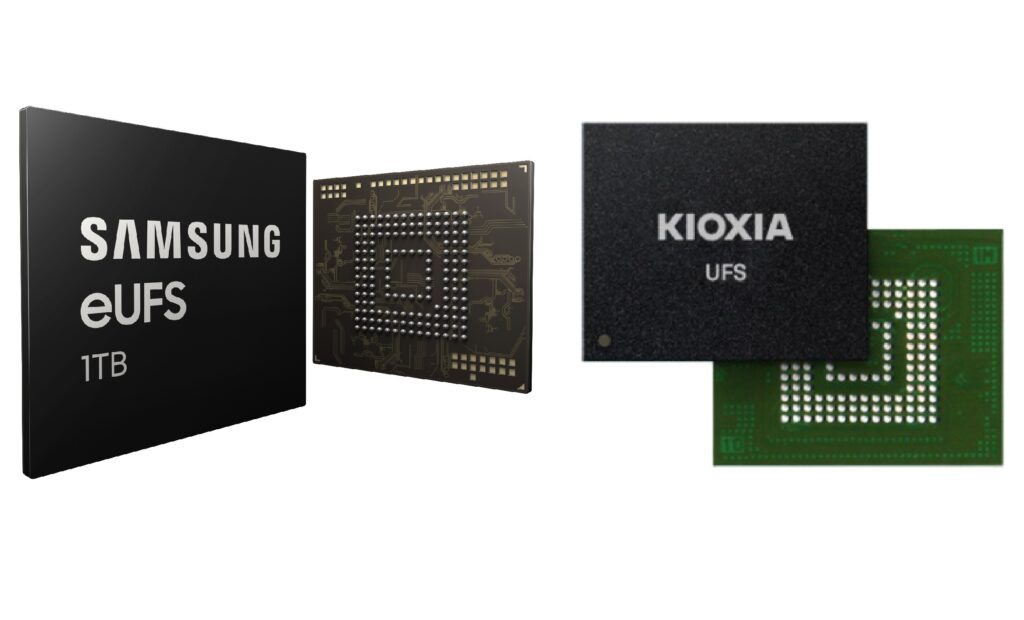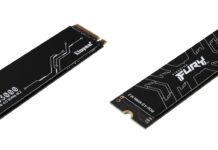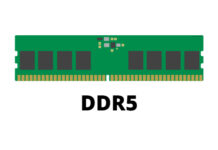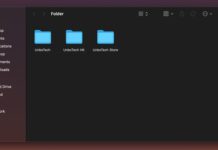
What is UFS? UFS or Universal Flash Storage is a newer flash memory specification, with the intention to replace the slower eMMC (embedded MultiMedia Card) standard. It is designed by JEDEC, and was first introduced in 2011. UFS 3.1 is the latest iteration, which offers performance close to desktop-grade NVMe SSDs and is considered the future of mobile storage standard.
Performance
| Sequential Read | Sequential Write | Random Read | Random Write | Total Bandwidth | |
|---|---|---|---|---|---|
| UFS 3.1 | 2100 MB/s | 1200 MB/s | 100,000 IOPS | 70,000 IOPS | 2900 MB/s |
| UFS 3.0 | 2100 MB/s | 410 MB/s | 63,000 IOPS | 68,000 IOPS | 2900 MB/s |
| UFS 2.1 | 860 MB/s | 255 MB/s | 42,000 IOPS | 40,000 IOPS | 1200 MB/s |
| UFS 2.0 | 350 MB/s | 150 MB/s | 19,000 IOPS | 14,000 IOPS | 1200 MB/s |
| eMMC 5.1 | 250 MB/s | 125 MB/s | 11,000 IOPS | 13,000 IOPS | 400 MB/s |
| eMMC 5.0 | 250 MB/s | 90 MB/s | 7,000 IOPS | 13,000 IOPS | 400 MB/s |
| eMMC 4.5 | 140 MB/s | 50 MB/s | 7,000 IOPS | 2,000 IOPS | 200 MB/s |
UFS 3.0/3.1 has more than double the total theoretical bandwidth at 2900 MB/s, compared to UFS 2.0/2.1’s 1400 MB/s. The UFS 3.1 storage can reach maximum sequential read/write speeds at 2100 MB/s and 1200 MB/s respectively. Random read/write performance is comparable to a SATA-based SSD at around 100,000 IOPS and 70,000 IOPS.
UFS has a significant advantage in performance over eMMC. We can see UFS 2.0 beating eMMC 5.1 in all aspects, with UFS 3.0 extending the lead by a larger margin. UFS 3.1 is 8.4 and 9.6 times faster in sequential operations.
Please note that the above numbers are for reference only, as the exact performance will be slightly different depends on the manufacturers, capacities and file systems. We are using publicly available data from Samsung’s websites (UFS 3.1, UFS 3.0, UFS 2.0 and eMMC) for comparison.
Features
UFS is equipped with a full-duplex LVDS (Low Voltage Differential Signalling) serial interface for data transfers. This allows for read and write operations to be carried out simultaneously. Along with support for SCSI Tagged Command Queuing, UFS can work on multiple commands at the same time and reorder tasks if necessary.
UFS 3.1 brings in more upgrades from standard SATA and NVMe SSDs to mobile devices. For example, Write Booster reserves a small amount of the capacity and treats the MLC/TLC/QLC as SLC NAND flash. The pseudo-SLC will act as cache for higher write speeds. HPB (Host Performance Booster) utilizes the onboard system DRAM to store the translation table or Logical to Physical (LTP) address map for greater random performance.
UFS vs eMMC
Despite the inferior performance, eMMC remains the cheaper and more popular option for smartphones, tablets and laptops at the moment. However, it has not been updated with notable improvements, since the launch of eMMC 5.1 in 2015.
In contrast, UFS is constantly being developed with UFS 4.0 coming in 2022, which will further increase the bandwidth to around 4800 MB/s. It can be implemented with more advanced flash memory technologies for better performance, efficiency and durability, such as multi-layer 3D TLC or QLC NAND flash.
Feel free to leave comments below. Share the article if you enjoy reading it. Follow us on Twitter, Facebook, Instagram and Pinterest.
Support this website simply by shopping on Amazon and Newegg. We will receive small kickbacks, if the above affiliate links are used to make any purchases.





















